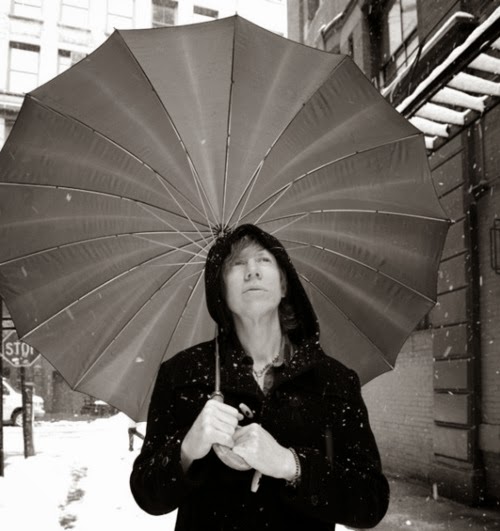It’s a curious thing, isn’t it, when you’re when traveling in some strange or unknown place, and you look out of the window of your car or the bus or train, and you see some solitary walker, in some bleak environment, often in the middle of nowhere, even in the middle of the desert. You know that if you were walking out there you’d be feeling lost or scared or threatened, or in any case completely out of your element, but you assume that the solitary walker you’re looking at doesn’t feel the same way. He or she may not be actually at home in that desolate spot, but they’re at least in their own landscape.
Of course, when you look out through the window of a plane, unless you’re very close to the ground, at take off or landing, you don’t actually see people walking, but even so you look down from a great height and sometimes you see a city below, and you can be absolutely sure there are pedestrians moving around down there.
And if you’re coming into a city you know, and recently I’ve flown into London and New York, you see the city from on high, and you not only know that there are people walking down there, you know they’re walking where you’ve walked in the past, and where you’re going to be walking again, quite soon, just as soon as you land, get off the plane and get into the city. Here’s a picture of man walking in London, on Fournier Street:
And here’s a picture of a man walking in New York, on West Houston Street, where the pedestrianized La Guardia Place begins, striding across the “Seed Labyrinth” which is a “public art project” by Sara Jones, sponsored by the Lower Manhattan Cultural Council.
The Facebook page says, “Everyone is invited to walk the Labyrinth …
A Labyrinth is an ancient symbol of wholeness. It combines the imagery of the circle and the spiral into a meandering but purposeful path. The Labyrinth represents a journey to our center and back again into the world. It has only one path, it is unicursal. The way in is the way out. It is a right brain task, the choice is to enter or not, the choice is whether or not to walk a spiritual path.”
That strikes me as going a bit far, and although I can’t pretend to know what’s going on in the mind of that New York walker, I’d guess he’s pretty much unaware that he’s cutting right across a unicursal path.

Immediately to the east of the labyrinth is another art project, the Time Landscape, by Alan Sonfist. It’s a 25' x 40' rectangular of land, set up in 1978, made to resemble what Manhattan would have looked like before the Dutch settlers arrived in the 17th century. So it’s filled with native species, beech and birch trees, red cedar, black cherry, mugwort, Virginia creeper, aster, pokeweed, milkweed, catbrier vines, and violets. I am quoting here, obviously. I would recognize really very few of these flora, but I’ve nevertheless always thought Time Landscape was a “very good thing.”
I gather that it’s an uphill, not to say Sisyphean, task to keep the Time Landscape free of non-native species, and garden crews have to be in there constantly weeding. When I was there earlier this month the place did look a bit careworn, and it does seem to have a curious status now as memorial, not so much to 17thcentury Manhattan, as to 1960s and 70s land art, and there are those who complain that it’s been “museumified,” but although I see their point, I’m still very glad that it’s there.
A little to the north of Time Landscape there are three tall apartment blocks, two of them designated the Silver Towers, containing student housing, the third a co-op for “real people.” Inevitably most of the apartments don’t have any usable outdoor space, nevertheless around the base in certain areas, avid New York gardeners have been at work creating one version of what a 21st century Manhattan time landscape might look like.















































